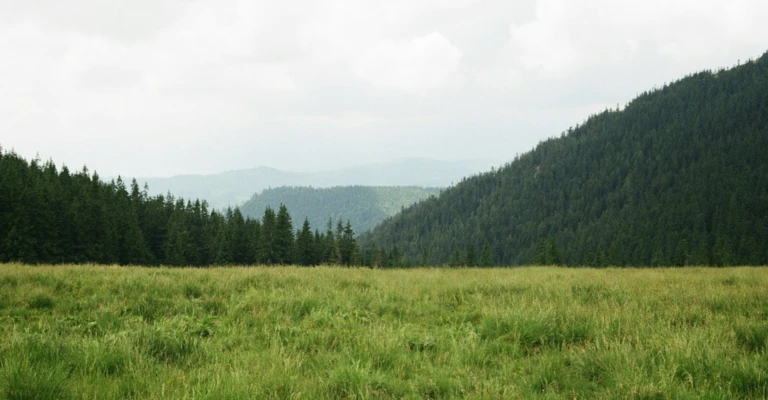
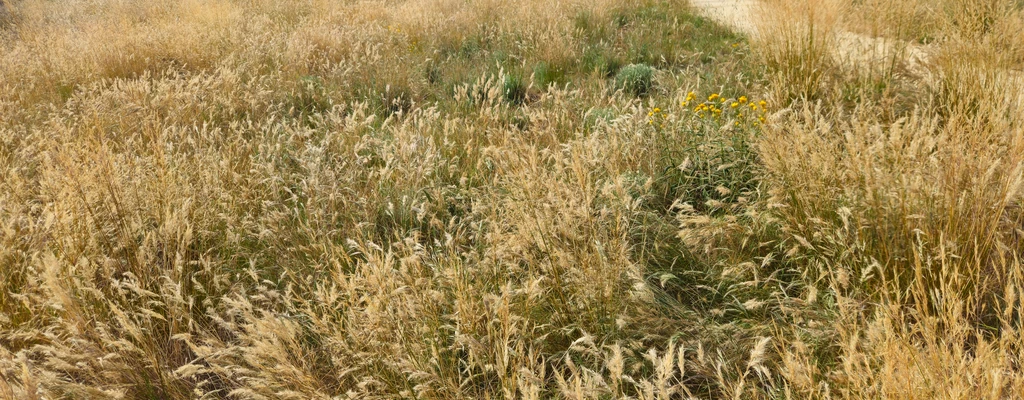

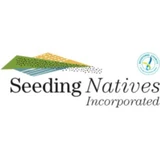
Seeding Native Grassland RestorationValidated by everclime
Key Info Story
Website
Social links
Project Story
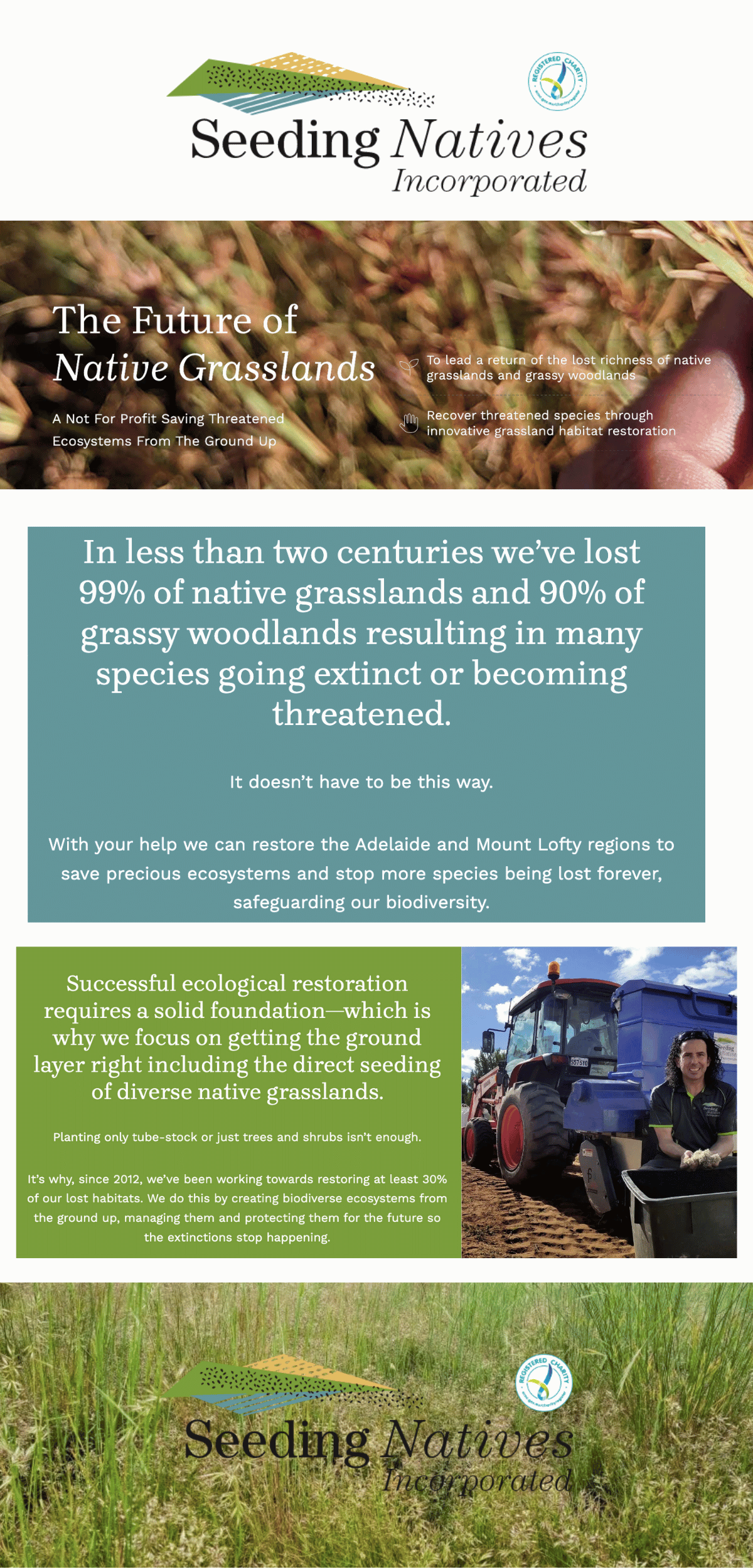
Restoring Country from the Ground Up
Seeding Natives is at the forefront of Australia’s ecological restoration movement, reconnecting communities with their landscapes by reviving native grasslands—some of the most endangered ecosystems on the continent. Through a science-backed, seed-first approach, they are rebuilding biodiverse habitats in the Adelaide and Mount Lofty regions. These efforts don't just revive plants; they re-establish ecological relationships and provide refuge for species on the brink of extinction. By focusing on ground layer ecosystems and collaborating with Indigenous knowledge holders, Seeding Natives is restoring more than land—they are renewing the ecological and cultural fabric of Country.
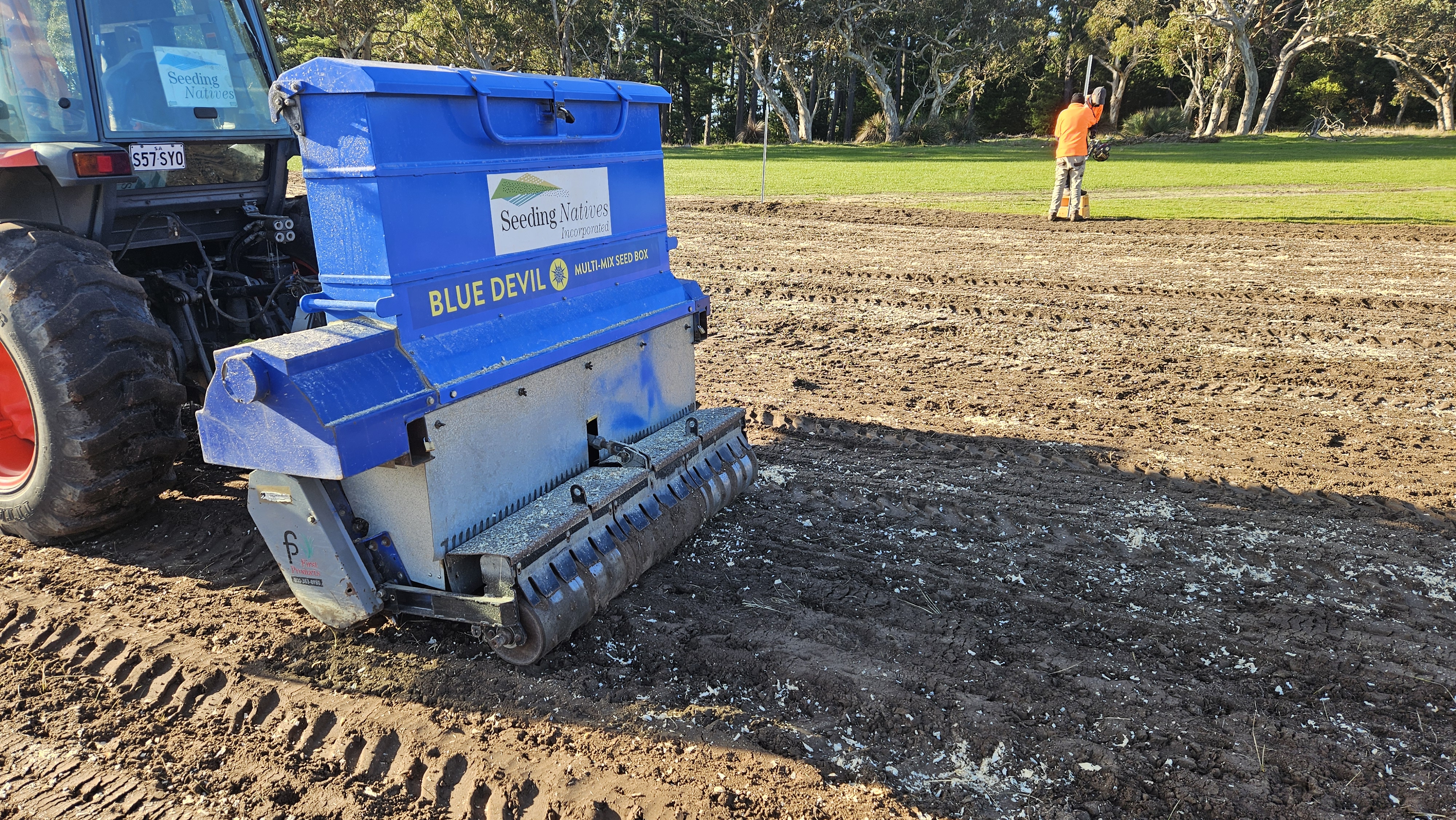
Regenerating Grassland
In less than two centuries, we’ve lost 99% of native grasslands and 90% of grassy woodlands, resulting in many species going extinct or becoming threatened. It doesn’t have to be this way. With your help, we can restore the Adelaide and Mount Lofty regions to save precious ecosystems and stop more species from being lost forever, safeguarding our biodiversity. Successful ecological restoration requires a solid foundation—which is why we focus on getting the ground layer right, including the direct seeding of diverse native grasslands. Planting only tube-stock or just trees and shrubs isn’t enough. Since 2012, we’ve been working towards restoring at least 30% of our lost habitats. We do this by creating biodiverse ecosystems from the ground up, managing them, and protecting them for the future so that extinctions are no longer a threat faced by our precious flora and fauna.
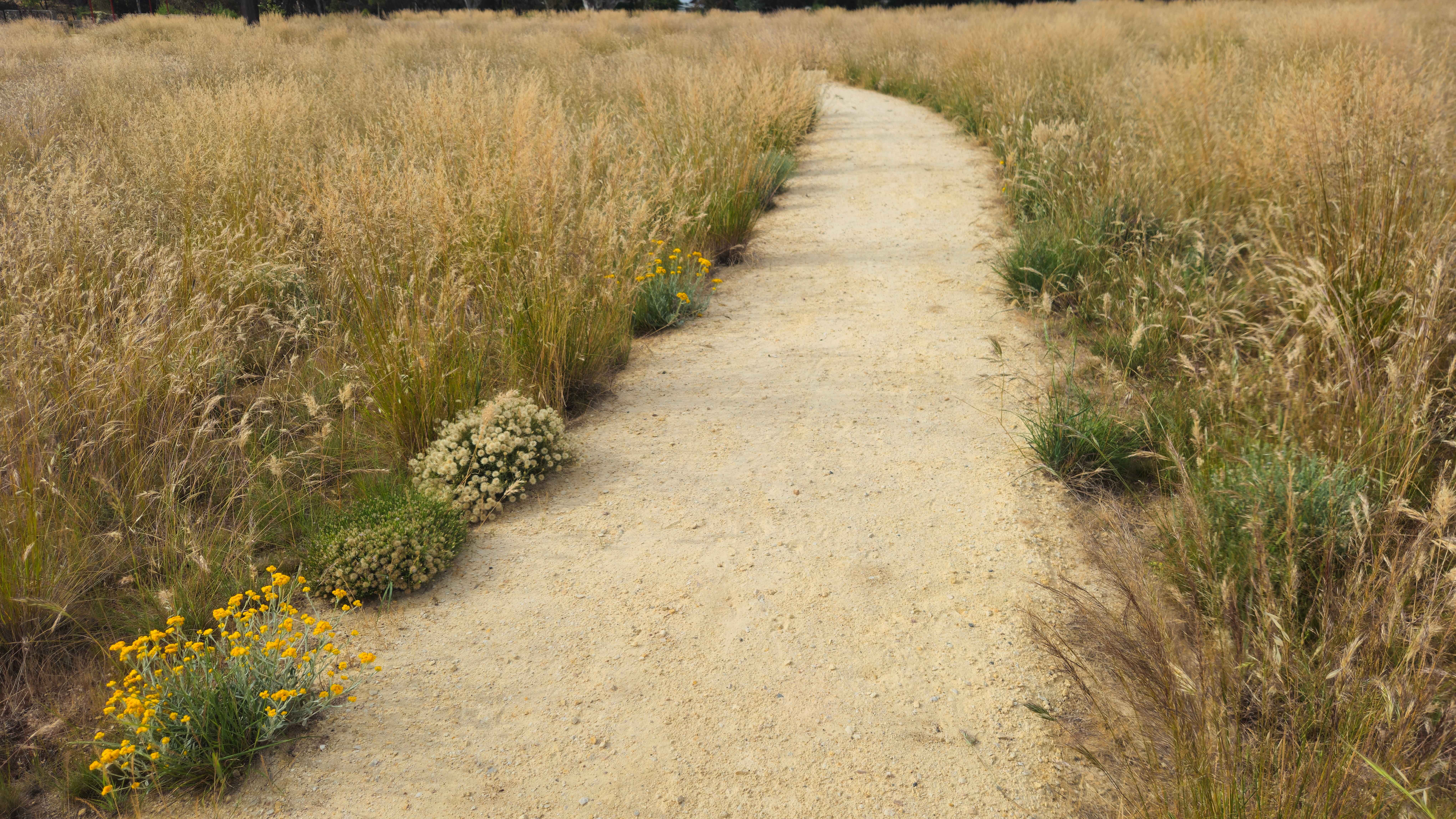
Role in biodiversity
Native grasses are an essential component of these ecosystems and play a critical role in maintaining soil health, reducing erosion, and supporting a wide range of wildlife. Restoring these grasses can help to mitigate the negative impacts of habitat loss and fragmentation by providing essential resources for native animals and insects, including food, shelter, and breeding sites.

Benefits
Moreover, native grasses are adapted to local climate and soil conditions, and as such, they require less water, fertilizer, and other inputs than non-native grasses. This means that restoring native grasses can also have significant economic benefits by reducing the cost of land management and improving productivity on farms and other land-use systems.
Restoring native grasses also has important cultural and social benefits, as it can help to reconnect people with the land and traditional knowledge of the local environment. This can help to promote community engagement and education, fostering a deeper appreciation and understanding of the natural world.
Restoring native grasses also has important cultural and social benefits, as it can help to reconnect people with the land and traditional knowledge of the local environment. This can help to promote community engagement and education, fostering a deeper appreciation and understanding of the natural world.

United Nations: Sustainable Development Goals
The United Nations Sustainable Development Goals (SDGs) are a set of 17 interconnected goals established by the United Nations in 2015. The SDGs provide a comprehensive framework for addressing the world's most pressing economic, social, and environmental challenges.
Global impact groups play a crucial role in supporting the SDGs by creating mechanisms to mobilise resources, collaborate with stakeholders, and drive collective action toward achieving the goals. These groups have the capacity to leverage their expertise and resources to make a significant positive impact.
Global impact groups play a crucial role in supporting the SDGs by creating mechanisms to mobilise resources, collaborate with stakeholders, and drive collective action toward achieving the goals. These groups have the capacity to leverage their expertise and resources to make a significant positive impact.


